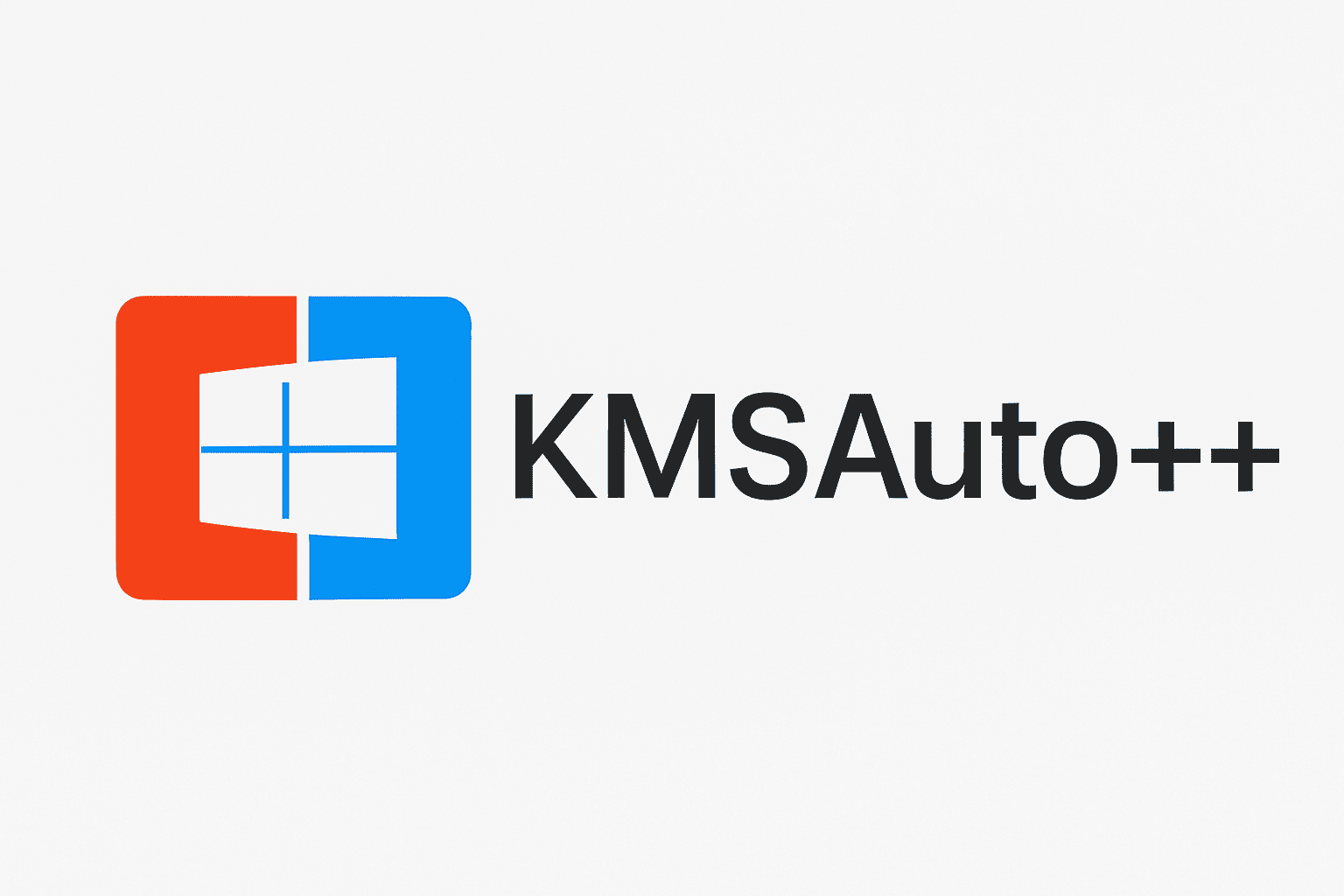KMS Office stands as a powerful productivity suite, designed to enhance organizational efficiency and streamline essential tasks. This system offers a wide array of tools tailored to meet the needs of both individual users and large enterprises, ensuring that every aspect of office work is covered.
With a focus on management capabilities, KMS Office provides seamless integration of various applications, allowing for smooth collaboration and optimized workflows. Whether you need to handle complex data analysis or prepare engaging presentations, this software equips you with the right features to achieve your goals.
One of the critical aspects of KMS Office is its license management and activation process. This ensures that all users have access to the latest updates and features, maintaining the integrity and security of the system. By choosing KMS Office, organizations can trust that their activation processes are handled efficiently, minimizing downtime and maximizing productivity.
KMS Office Activation: A Comprehensive Guide
KMS Office is a widely used productivity suite that provides essential tools for document creation, data analysis, and presentations. To fully utilize this software, proper activation is required, ensuring that your system is licensed and compliant with the software’s terms of use.
The KMS (Key Management Service) is a technology used by Microsoft to facilitate the activation of its productivity software, including Office. This system allows businesses to manage licenses efficiently, ensuring that all installations remain compliant and functional. The core idea behind KMS is to enable centralized management of software licenses within an organization. Instead of activating each copy of Office individually, a KMS host tools allow automatic activation of all devices connected to the network. This is particularly useful in environments where managing a large number of devices would be otherwise time-consuming. For a device to be activated via KMS, it must connect to the KMS host, which verifies that the license key is valid. The system then grants activation for a limited period, usually 180 days. After this period, the device must reconnect to the KMS host to renew its activation, ensuring continued compliance with the licensing terms. To learn more about how KMS can help activate Windows 10 for free, visit this link: activate windows 10 free. The KMS Office activation process ensures that your productivity suite is fully licensed and ready to use. Follow these steps to activate the system management tools and gain full access to all features. First, secure your KMS key, which is essential for activating the Office suite. This key is tied to the license and allows the system to recognize your product as genuine. Set up your KMS host to manage the activation process. This involves installing the Key Management Service on a designated server, which will handle license activation requests from client machines. Once the KMS host is configured, it will automatically manage the activation of the Office suite on all connected systems, ensuring compliance with licensing requirements. The system will periodically check the status of the activation to ensure continued validity. KMS Office provides several advantages for businesses looking to optimize their software management and improve productivity. Here are some key benefits: When dealing with KMS Office, users may encounter various issues related to activation, management, and system performance. Here are some common problems and solutions to help you resolve them and ensure your productivity suite functions smoothly. If you are experiencing issues with activating your KMS Office software, consider the following troubleshooting steps: Proper license management is crucial for maintaining the functionality of your KMS Office software. Here are some steps to address common license management issues: By following these troubleshooting steps, you can address common KMS Office issues related to activation and license management, helping to maintain your productivity and the smooth operation of your software. When managing software licenses for Microsoft Office, it’s crucial to choose an activation method that suits your organization’s needs. KMS (Key Management Service) Office is one of several options available, each with its own advantages and drawbacks. Here’s a comparison of KMS Office with other common activation methods: Choosing the right activation method depends on factors such as the size of your organization, the number of installations, and the need for centralized management. KMS Office is particularly effective for large-scale environments where automation and central management are critical for maintaining productivity and compliance. When utilizing KMS (Key Management Service) for Office software, it is crucial to be aware of legal considerations to ensure compliance with licensing agreements. KMS is a tool designed to facilitate the activation of Microsoft Office products within an organization, but its use must adhere to specific license requirements. Firstly, the license for Office software specifies that KMS can only be used within the context of a properly licensed volume licensing agreement. This means that the KMS system must be configured and operated according to the terms set forth in the productivity software’s licensing contract. Unauthorized use of KMS or attempting to bypass activation mechanisms can lead to legal repercussions and fines. Moreover, software suites activated through KMS must be used in a manner consistent with their intended purpose. This includes ensuring that all copies of the software are properly activated and that the KMS server itself is operated within the guidelines provided by Microsoft. Using KMS to activate unauthorized copies or pirated versions of Office software violates licensing agreements and is considered illegal. In summary, while KMS tools offer a streamlined method for managing activation and productivity within organizations, adherence to legal and license terms is essential. Failure to comply with these terms can result in legal consequences and undermine the benefits of the software suite. KMS Office refers to a method of activating Microsoft Office products using Key Management Service (KMS). KMS is a volume activation technology developed by Microsoft to allow organizations to manage the activation of Microsoft products within their own networks. Instead of activating each copy of Office individually with a product key, KMS allows for activation through a central server within the organization. This server handles the activation requests from client machines, thus simplifying management and compliance with licensing agreements. The KMS server needs to be regularly connected to Microsoft servers for validation, and client machines must reconnect to the KMS server periodically to maintain their activation status. Using KMS Office can be legal or illegal depending on how it is implemented. KMS itself is a legitimate Microsoft technology designed for volume licensing scenarios where organizations have a large number of licenses. However, using KMS for unauthorized activation or in scenarios where a proper volume license is not in place is illegal and against Microsoft’s licensing terms. For instance, if someone uses KMS software obtained from unofficial sources or to bypass activation requirements without proper licensing, that would be considered illegal. To ensure compliance, it’s important to use KMS in accordance with Microsoft’s volume licensing agreements and only with properly obtained and licensed software. Using unauthorized KMS Office activators can pose several significant risks. Firstly, there is a legal risk, as using pirated or unlicensed software can result in legal consequences and penalties. Secondly, there are security risks involved; unauthorized KMS activators often come from dubious sources and may include malware or other malicious software that can compromise your system’s security. Additionally, using such tools can lead to software instability, unexpected crashes, or data loss. Finally, unauthorized activations typically do not provide access to official support or updates from Microsoft, which could impact the functionality and security of your Office applications. To check if your Office installation is activated through KMS, you can use the built-in Command Prompt tool. First, open Command Prompt by searching for “cmd” in the Start menu. Then, type `cscript ospp.vbs /dstatus` and press Enter. This command runs a script that displays the activation status of Office. Look for the “License Status” section in the output. If it shows “Licensed” and indicates a KMS-based activation, then your Office is activated using KMS. You can also check the “Product Key Channel” to see if it mentions KMS. If you’re unsure or need further assistance, contacting Microsoft Support or your organization’s IT department can provide more specific information based on your setup.Understanding KMS Office Licensing Mechanisms
Step-by-Step KMS Office Activation Process
1. Obtain Your KMS Key
2. Configure the KMS Host
Benefits of Using KMS Office for Businesses
Troubleshooting Common KMS Office Issues
1. Activation Problems
2. License Management Issues
Comparing KMS Office with Other Activation Methods
Legal Considerations for KMS Office Usage
FAQ
What is KMS Office and how does it work?
Is using KMS Office legal?
What are the potential risks of using unauthorized KMS Office activators?
How can I check if my Office installation is activated through KMS?

